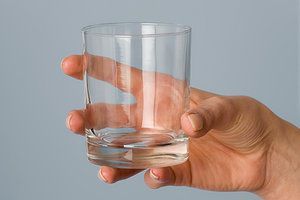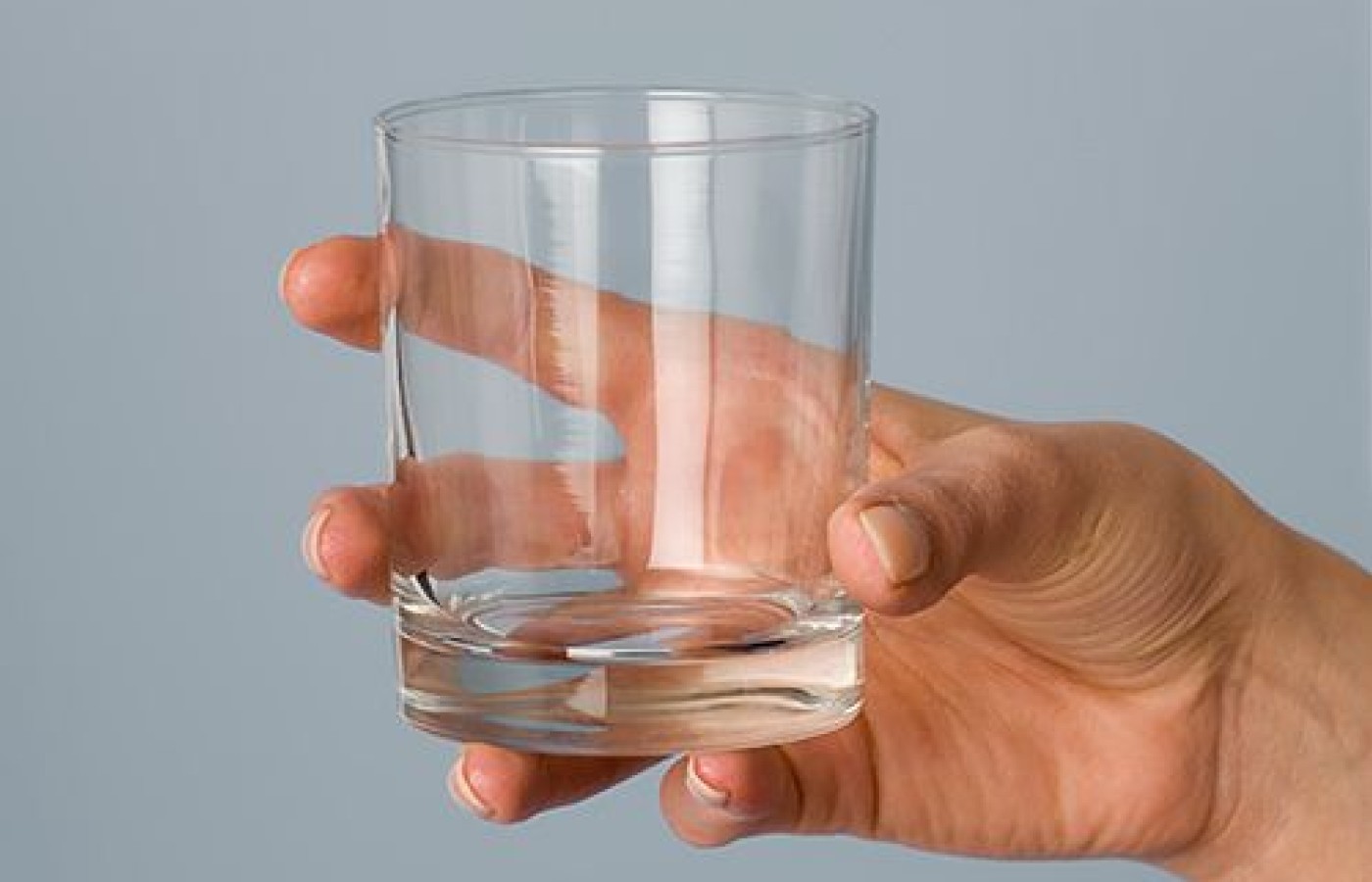On Oct. 21, 2025, a judge in Florida issued a groundbreaking decision in Complete Care v State Farm, 25-CA-1063. It concerns a fact pattern that many chiropractic doctors have faced wherein an insurer, such as State Farm or Allstate, decides to simply stop paying all claims submitted by a healthcare provider.
| Digital ExclusiveIs Dehydration the Cause? A Commonly Overlooked Etiology
Water covers 71 percent of the Earth's surface. It's found in every living organism and is considered the "universal solvent," yet we take it for granted as the foundation for optimal health. Our bodies depend on water for a variety of physiological processes.
A common question I ask during an initial patient evaluation is, "How much water do you get into your body every day?" A typical response is, "I keep well hydrated – I drink two cups of coffee in the morning, have a coke at lunch and one or two glasses of wine with dinner" (giving me the green light for some education on diuretics and proper hydration).
The rule of thumb is to drink eight glasses of filtered water per day. More specifically, one should consume half of one's weight in ounces of water per day. If your patient weighs 200 pounds, then he or she should drink 100 ounces of water per day.

Keep in mind that we get approximately 20-30 percent of our water through food sources, thus reducing the requirement to 70-80 ounces of water in the previous example. Adding a pinch of Himalayan or Celtic salt offers important trace minerals and electrolytes and limits sodium and potassium loss through urination.
Speaking of urination, our urine should be straw colored upon waking and throughout the day (unless you take a multivitamin, in which case the B vitamins will give it a bright yellow color).
The High Cost of Dehydration
Many conditions point toward dehydration. Dr. F. Batmanghelidj, in his book, Your Body's Many Cries for Water, states that the following acute and chronic conditions are associated with dehydration and can be reversed with water:
- Asthma
- Angina
- Hypertension
- Migraine headaches
- Arthritis pain
- Back pain
- Colitis pain
- Chronic constipation
- Heartburn and hiatal hernia
- Depression
- Chronic fatigue syndrome
- High cholesterol
- Morning sickness
- Obesity
Dr. Batmanghelidj is not just a physiologist speculating on the positive effects of proper hydration; he's also a physician who has seen thousands of patients improve under his protocol. Reading through his book, I can't embrace some of his theoretical support for specific disease conditions, but his overall message is worth sharing.
Dr. Batmanghelidj asserts that we begin to lose our thirst mechanism through chronic dehydration as we age, and that our cells lose as much as 20 percent of their water content, leading to dysfunction. Our bodies respond with "drought management," inducing a cascade of histamines triggering "subordinate systems" that promote water intake and redistribute water as needed. These include vasopressin, renin / angiotensin, prostaglandins and kinins. Imbalance of these compounds will cause the health conditions listed above.
Dr. Batmanghelidj recommends that anyone suffering from pain should drink 80 ounces of water over a 24-hour period before reaching for analgesics. He also points out that NSAIDs are known to cause liver and kidney damage, and may cause gastrointestinal bleeding. (As an aside, more than 16,000 deaths and 60,000 hospitalizations occur annually due to the use of over-the-counter NSAIDs.)
Constipation
The large intestine removes water from the stool and compacts it for evacuation. If there's a water shortage, then the stool becomes dry, resulting in lower left abdominal pain and constipation. Eating an apple, pear or orange in the evening can also help ease the next-morning bowel movement, in addition to proper hydration.
Rheumatoid Arthritis
The majority of modern medical texts classify rheumatoid arthritis (RA) as an autoimmune disorder; however, Dr. Batmanghelidj considers it a sign of dehydration and potential salt deficiency. Since cartilage is a matrix containing water, any reduction will increase the friction between surfaces, causing cells to peel off. The rate of cartilage cell regeneration to "abrasive peel" is the index of joint efficiency, according to Batmanghelidj.
Actively growing red blood cells get priority for existing water resources, dilating blood vessels that get shunted off to adequately lubricate the cartilage. Dr. Batmanghelidj elaborates, stating,
Under such circumstances, and unless there is blood dilution to carry more water, the serum requirements of the cartilage will have to be satisfied from the blood vessels that feed the capsule of the joint. The nerve regulated shunting mechanisms (to all the joints) also produces signals of pain. Initially, this pain indicates that the joint is not fully prepared to endure pressure until it is fully hydrated. This type of pain has to be treated with a regular increase in water intake to produce some dilution of blood that is circulating to the area, until the cartilage is fully hydrated and repaired from its base attachment to the bone - the normal bone route of serum diffusion to the cartilage.
He believes that in the absence of proper hydration, over time the joint capsule and articular surfaces will suffer permanent damage.
Low Back and Neck Pain
Seventy-five percent of our upper-body weight is borne by the jelly-like nucleus pulposus in our lumbar discs, with the remaining 25 percent carried by the fibrous disc annulus. Water acts as a lubricating agent; lack thereof leads to irritation, muscle spasm and pain. (How many seniors do you see diagnosed with disc desiccation and/or degenerative disc disease?) Similarly, the cervical spine carries the weight of the head.
Furthermore, people tend to work on computers, laptops, and text on their smartphones with a fixed anterior head translation with flexion. Dr. Batmanghelidj believes this position squeezes the fluid from the disc nucleus pulposus and limits fluid circulation.
High Blood Pressure / Essential Hypertension
Dehydration naturally leads to lower body fluid and blood volume. The autonomic nervous system controls smooth muscles surrounding our blood vessels and constricts the lumen to adapt to lower blood volume, increasing blood pressure. Shunting blood circulation happens daily when we eat – capillary beds fill in our GI system and shut off at our major muscle systems.
During a "water shortage," or body drought, two-thirds of the water is drawn from the fluid in our cells, one-fourth from our extracellular fluid, and less than a 10th from serum in our blood. Hydrating more will improve circulation by opening up more capillary beds. The solute theory of blood volume and salt doesn't take into account our body's water regulation and how it prioritizes cellular and interstitial fluid in addition to blood volume, according to Batmanghelidj.
Your Patients Need to Know
Armed with this information, make sure you ask specifically about how much water your patients consume. Suggest that they drink 8-16 ounces of room-temperature lemon water (or with a pinch of Himalayan salt) upon waking. Make sure you emphasize hydration for all of your patients complaining of musculoskeletal pain, headaches or constipation. It's a simple solution to some serious, complicated health conditions.
| What Does Water Do For You?
Source: https://water.usgs.gov/edu/propertyyou.html Water Content in the Body (%)
Source: https://opentextbc.ca/anatomyandphysiology/chapter/26-1-body-fluids-and-fluid-compartments/ |



